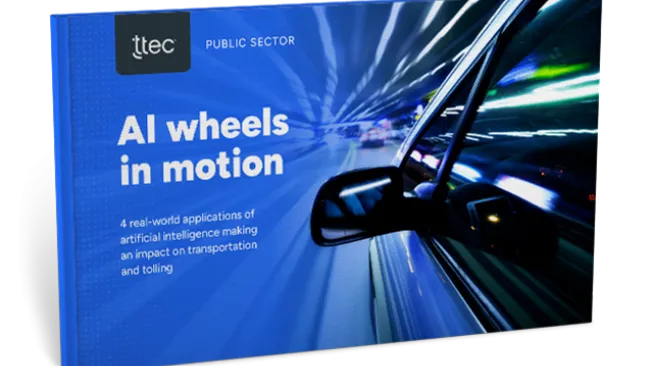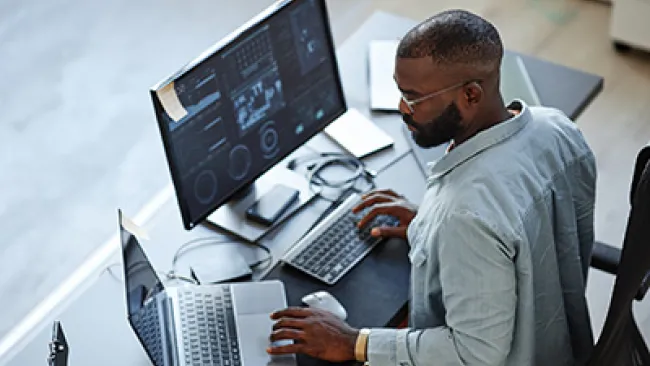We exist in a time where technology is thrusting the contact centers forward in ways that have never before been accomplished. From independent chatbots to biometric analytics that can read your voice tones, we are just scratching the surface on a budding relationship between humanity and tech the industry.
By just 2020 Gartner predicts that 85 percent of customer interactions with companies will be without a human on the other end.
But does that mean the human workforce is coming to an end? Not quite, just as most companies have not even matured enough yet to fully utilize the digital transformation. Many of them aren’t yet fully integrated enough to handle new tech across multiple channels like text, chat, messenger, and social media.
In fact, contact centers are poorly handling opportunities of the digital transformation. In a 2016 Ovum report, 72 percent of customers will try and handle an issue digitally before calling, but only half of contact centers actually track online behavior.
Contact centers need to focus on a push toward automation, call deflection, and overall readiness to operate across multiple channels.
Our failure to properly grasp the benefits of digital transformation and omnichannel is becoming highly relevant. The recent CX Conference of Canada was abuzz on companies that felt ill prepared to handle customer transactions across social media channels: Facebook, Messenger, Twitter, etc. And is increasingly being heard elsewhere. It is a call for companies to become better equipped to deal with omnichannel and the new territory the digital transformation has opened.
All too often there is a heavy focus on the more traditional point of contact via phone. Now customers are continuing to vary with how they interact with centers. As customer behavior changes we need to engage them where they want to be reached. And there seems to be a misunderstanding in prioritizing this concept.
For example, a 2017 Deloitte study indicated that only 34 percent of contact centers focus on AI development, while 48 percent push towards multichannel. Now compare that to consumer expectations: a 2016 Aspect survey found that 61 percent of consumers said chatbots will become a permanent part of the industry while 71 percent preferred to solve their issues without human service.
There is a need to develop real-time connections with your client base through their selected points of contact. Companies are shooting themselves in the foot if their chatbot forgets the entire conversation it just had with a customer before transferring to an associate.
So, while there needs to be an increased focus on bots and AI, remember that human intervention is not just the relationship between customer and associate, but the educational interaction between human and machine. Be sure to refresh information and continuously test your chatbots to maintain relevant automated solutions. Journey mapping the digital process can also pinpoint common points of failure to rectify.
Understand that while there are costs to re-educating, automating, and digitizing, the investments can make transactions less complex and in the future cheaper, with better optimized interactions.
Contact centers will continue to humanize their transactions, but customers and tech are also going to find new ways to create efficiency to drive an improved customer experience. The industry must change with the times.
Digital Transformation: So Close Yet So Far















